Answers Coming
From where and how did we come?
Astronomers question … billions of years? … and then some?
Volcanic outgassing,
Land rising, land crashing,
For Planet Earth . . . currently 4.5 billion year run.
Answers coming . . . astronomers hope,
Via photos from our new telescope.
One million miles from home,
Thirteen billion years photos roam,
The James Webb Space Telescope!
© Forrest W. Heaton 10 August 2022
We first wrote about the James Webb Space Telescope (JWST) in our blog post published 15Jan22 covering the JWST launch 25 December 2021, its arrival at its 100-million miles away (orbit around the sun) destination, its automatic re-assembly (deployment) of all its parts, and its readiness in Jun22 to start taking/transmitting photographs.
We followed that up with our post published 21Jun covering patience rewarded: the first photographic images of billions of years back in time.
This post, our third on this topic, covers the 9Aug announcement by scientists in The Astrophysical Journal Letters advising of “compelling” evidence of a world, currently gas and dust, estimated at 1.5 million years young, in the making. The scientists advised the photo was created via 66 antennas in Chile.
On 10Aug, NASA announced: “In the coming days, the James Webb Space Telescope will determine the mass of the planetary newborn and study its atmospheric chemistry. And by painting a detailed portrait of one of the youngest worlds known to science, these observations will inch us all closer to answering the ultimate question, said Jaehan Bae, an astronomer at the University of Florida and an author of the study: ‘Where did we come from?’”
Thus, we are following the JWST’s photos as they are released by NASA while avoiding websites which claim authenticity but are not NASA. We are also following Hubble’s photos and the photos from other telescopes. Scientists will be using all to make many of their scientific determinations.
Estimated 1.5 million year young world of gas and dust in its formative stage, photo via The Astrophysical Journal Letters, the photo an assembly of data from 66 antennas acting in unison in Chile, offering scientists the opportunity for JWST planetary mass and atmospheric chemistry study and comparison of the images.

